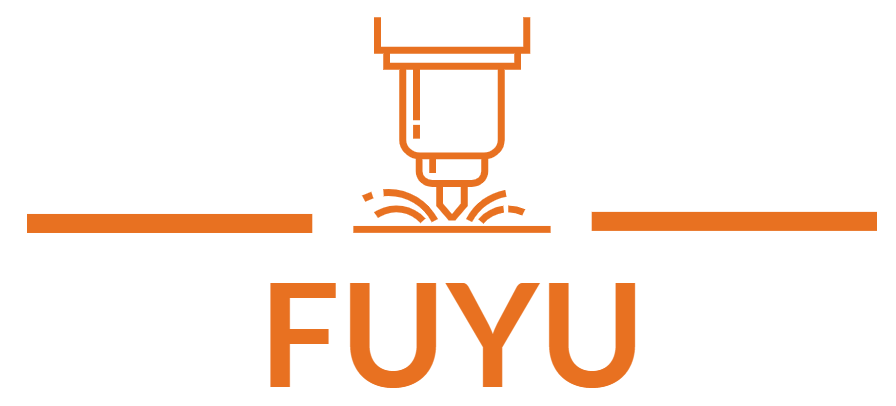CNC Prototype Machining
Prototyping constitutes a pivotal phase in the product development lifecycle, serving to assess both the aesthetic and functional aspects of a design. The utilization of conventional machining methodologies for this undertaking is characterized by its exorbitant costs and protracted timelines. Conversely, the advent of CNC prototype machining has rendered the fabrication of prototypes economically viable and expeditious.

